The bootstrapped tech brand has positioned itself globally after expanding to UK and the US with plans to enter other markets by 2023
The world of smart wearables has evolved so quickly and seamlessly that few would think twice before ‘donning’ the technology – personal gadgets like smartwatches, fitness trackers, neckbands, headphones and more.
It has been incorporated into our daily life and doubled the benefits of technology beyond pure convenience or entertainment without boundaries.
For instance, smartwatches are no longer considered fancy upmarket devices but reliable health monitors, keeping track of vital signs that matter and sending us health-related reminders around the clock.
The rise in market demand has pushed the made-in-India boom, with homegrown brands like boAt, Noise, Fire-Boltt and Boult experiencing a never-before surge.
Among these, Boult has moved from change to change, entering the earwear market with entry-level neckband models on Myntra and foraying into the worldly smartwatch segment in 2022.
Incidentally, despite being a new entrant in the smartwatch segment, Boult stood fifth among Indian players like Fire-Boltt, Noise, boAT and Titan and grabbed a 3.2% market share in Q1 2023, a report by IDC stated.
The report also indicated that the overall TWS category experienced a YoY growth of 97.4% in units shipped in 1Q 2023. boAT alone accounted for 30.6% of the market share in the TWS category, followed by Boult at 15.5%.
However, Boult saw the highest YoY growth in units shipped in 1Q 2023 at 341.2%, followed by pTron at 248.3%.
Of course, innovation and the latest tech are effective growth drivers. But in a price-sensitive market like India, consumers are mainly drawn towards brands that can combine quality and affordability.
Here, domestic brands like Boult have also made a kill by offering products on par with global benchmarks at quite lower costs.
Talking about the hearables and wearables market scenario, Varun Gupta, founder of Boult, said, “The hearables and wearables sector has witnessed tremendous growth in recent years, driven by tech advancements and the increasing demand for smart, connected devices.
Consumers today look for products that not only deliver exceptional audio quality but also offer additional features such as fitness tracking, heart rate monitoring and voice assistants.”
Varun also accepted the role of AI/ML embedded in these gadgets for providing personalised experiences.
The bootstrapped D2C brand offers 100+ SKUs under five categories, including TWS, neckbands, headphones, speakers and smartwatches.
Starting from INR 999, Boult’s ‘hearables’ cater to both audiophiles and gaming enthusiasts, while its multitasker smartwatches sport affordable price tags ranging between INR 1,199 and INR 2,999. The company claims to have sold 10 Mn units to date.
How Boult Is Acing The Game Across Audio, Wearables

Tech specialists predict the future will be ‘ear’, and industry behemoths like Apple, Google and Amazon are reportedly working on high-priority projects to blend traditional audio with smartphone-like utilities.
Aware of the road ahead and the hardware likely to be mass-market hits, brothers Varun and Tarun Gupta launched Boult in 2017. The goal was to offer a diverse range of wireless audio devices with excellent sound quality, innovative technology and appealing designs to create immersive listening experiences.
Boult products were sold on popular e-commerce websites like Amazon and Flipkart for uncomplicated access to vast swathes of customers.
However, the founders desired to widen their online presence and establish themselves as a one-stop D2C (direct-to-customer) brand for hearables and wearables.
As a business graduate, Tarun knew that in a fiercely competitive market brimming with global products from top technology companies, the biggest hindrance for a new brand was to differentiate itself.
In other words, Boult created a unique selling proposition to ‘disrupt’ the market. After some in-depth market research (Varun’s area of expertise, as he holds a marketing degree), the Guptas realised that Indian consumers wanted high-quality devices at affordable prices.
The duo doubled down on in-house R&D, created proprietary tech and also embedded third-party offerings to develop cost-effective solutions to bring down prices and enhance device efficiency.
For instance, Boult’s fast-charging technology (Lightning) for the audio range lasts up to 36-48 hours on a single charge, depending on the model and the usage.
Additionally, a quick 10-minute charge ensures enough juice for 100 minutes or so. Overall, its (wireless) earbuds guarantee an immersive gaming experience through effective noise cancellation, ultra-low latency of 45 milliseconds and an integrated mic for seamless communication. The brand also reasons it uses lightweight batteries for fast charging, thus decreasing device weight and overall cost.
Varun mentioned on his LinkedIn that the idea of the fast-charging across devices popped up in his mind when he overheard a conversation at the Delhi airport in 2021.
Two students near a charging pod were complaining that they only had 10 minutes to spare, which meant their sparsely charged cell phone batteries would not last the entire flight. It got him thinking, and he decided to create the tech for users’ convenience.
But the brothers wanted to go beyond amplifying music and gaming experiences. So, five years after Boult’s launch, they forayed into the smartwatch space and integrated a comprehensive health monitoring system with their wearables range.
With a Boult smartwatch, users can monitor heart rates 24×7, measure blood oxygen and blood pressure, access sleep data, track steps and menstrual cycles, and set up several reminders to enhance their well-being.
Additionally, one can make and receive calls using Bluetooth, save contacts and see dialled numbers on display. Some of the top-rated models also feature multi-sport modes for enthusiasts.
Boult leverages Google Analytics and Microsoft Clarity to turn the data collected from the device into actionable feedback, insights and suggestion.
Varun says that 90% of devices are manufactured in India in Boult’s Delhi-based manufacturing plant as well as a third-party plant.
Its website also provides informative blog posts on products, tech components and usage, enables online commerce and lists daily deals.
Democratising Hearables With Simpl
Customer-centricity lies at the core of Boult’s USP, and the founders have gone all out to make their products pocket-friendly for consumers across Tier 2 and 3 locations.
But its focus on the larger Bharat market is unsurprising, as Tier 2 and Tier 3 cities account for 26% and 49% of Boult’s revenue, respectively, while the rest comes from Tier 1 markets.
To drive sales further, the D2C brand has joined hands with Simpl, a fintech soonicorn and one-click checkout network with more than 26K+ merchant partners.
Many of Boult’s customers, especially from Tier 2 cities and beyond, opt for Simpl’s pay-in-three option to buy its products. Varun claimed that Simpl’s hassle-free payment has helped buyers make high ticket purchases with ease.
Varun also stated that Simpl’s solutions improve the experience for the brand’s users as the fintech’s one-tap checkout enables registered users to click and pay without re-entering shipping details, often a cumbersome process.
Moreover, multiple payment options (cards, UPI, pay-in-3, pay later and more) can help lower RTO (return to origin) rates as users are no longer plagued by the unavailability of cash during CoD transactions. Boult collaborated with Simpl in October 2022.
Additionally, by leveraging its social media channels and app, Simpl aided in driving traffic on Boult’s website by offering heavy discounts during festivities and special occasions.
Simpl claims to have boosted Boult’s prepaid orders by 20% during one of these sales. It also claimed to have increased Boult’s prepaid orders from 60% to 80%.
When asked about the partnership, Boult has emerged as a popular brand among Indian youth, and its focus on affordability and quality has paid rich dividends.
Nitya Sharma, founder of Simpl said
This also aligns with Simpl’s ideology, as we aim to provide customers with easy access to high-ticket products. By partnering with us, Boult has seen an increase in conversion rate and top line.”
The Growth Trajectory And The Road Ahead
Boult is working on expanding its hearable and wearable product lines and entering the UK, the US and the EU markets by 2023 to position itself as a global brand. But this is not a runaway ambition, as many would think.
When India became the biggest smartwatch market in Q3 2022, homegrown brands like boAt, Noise and Fire-Boltt entered the wearable technology race, eyeing a global market likely to exceed $97.5 Bn by 2028.
The country has also demonstrated steady growth in the smart personal audio segment, and Indian D2C brands are keen to expand overseas to leverage this opportunity.
The market for wireless audio devices is expected to grow at a CAGR of 18.8% and globally reach $195 Bn by 2027, driven by the growing demand for smart infotainment.
At home, the scenario is equally heartening. According to an IDC report, local brands Noise, Fire-Boltt and boAt topped the smartwatch list by market share in CY22, pushing global giant Samsung to a nondescript fourth.
Again, in the TWS space, boAt, Noise and Boult Audio held the top three slots last year. Industry experts expect this trend to continue as Indian startups bring better tech innovations even to entry-level products and keep the prices down.
To leverage the local markets further, Boult has gone one step ahead of many peers still stuck in Tier 1 cities for high-value growth. It analyses the mass markets beyond to discover their product followings and preferences.
The brand has reached out to regional influencers on social platforms and tapped into local languages, cultures and communities, as these resonate well with local audiences and help create engagement at a more granular level.
Boult also opted for celebrity endorsements, signing Bollywood star Saif Ali Khan and cricketer Suryakumar Yadav as brand ambassadors last year for a larger impact.
The notion is to reach out to all customer demographics – national, regional and beyond. The startup is eyeing the O2O (online-to-offline) business model to expand its sales funnels.
In addition, it is pushing its omnichannel initiatives (online-offline integration) for seamless growth.
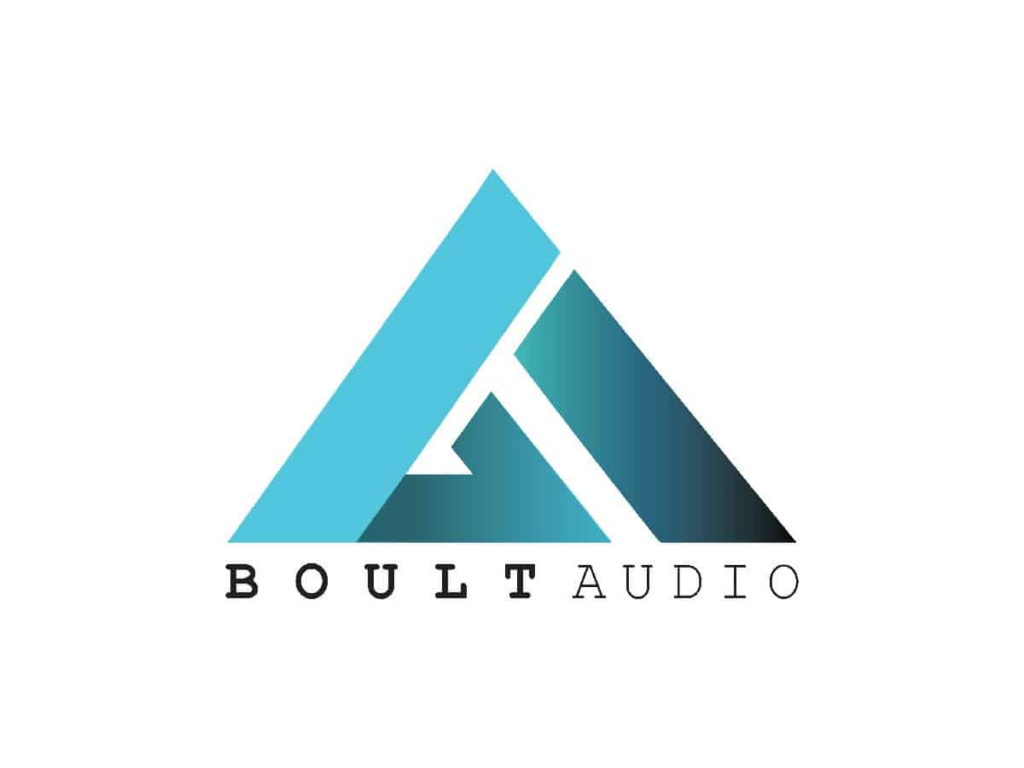
Connecting with consumers at every touchpoint, personalising their journey and mapping their needs to innovate and create products is critical to our business and Powered by the data and analytics derived from such interactions, we will work towards more breakthrough technologies with every device we launch.
Varun said
Currently, 13% of Boult’s revenue comes from its website, while e-commerce marketplaces account for 84% of its earnings.
Recently, the startup added a customer-friendly login module on its website and will add more video content to it.
In the coming years, Boult will leverage the omnichannel approach to tap offline sales.
What is the way ahead for Boult?
If the future is all about user-friendly hearables and wearables (imagine in-ear computers trashing our much-pampered smartphones or an on-the-wrist fitness-cum diagnostic centre providing constant care), the impact will be dramatic.
Varun said that in the coming years, Boult will focus on creating a complete IoT ecosystem by adding IoT sensors to its devices to personalise consumer journeys.
For instance, customers’ phones will be able to connect with Boult smartwatches without a Bluetooth feature. This will enable them to pick calls and control the music using the Boult smartwatches.
It will be a lucrative business opportunity for all tech-focused D2C brands analysing and embracing innovation.
The only concern in today’s time: How prepared the Indian startup community is to lock horns with big tech. When Apple and its ilk are in contention, their Indian counterparts must create a unique playbook to help them stay ahead of the curve

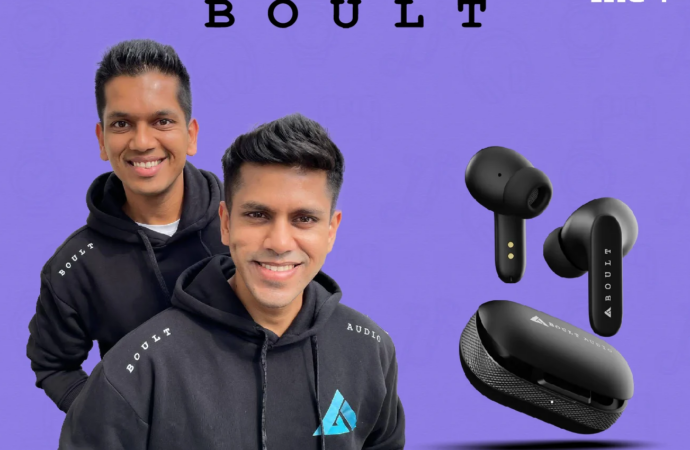


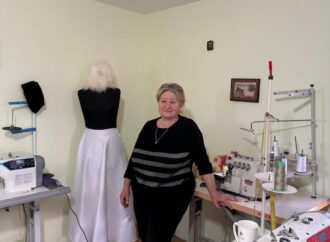
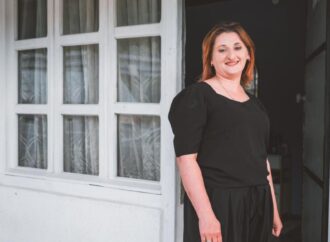
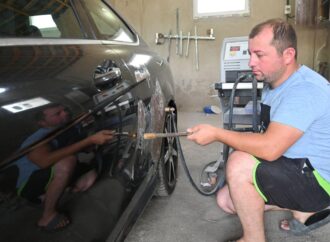


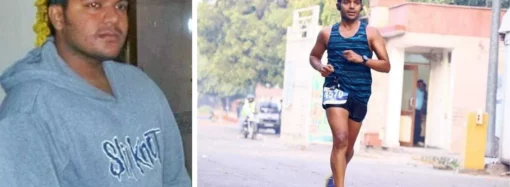




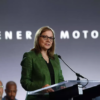





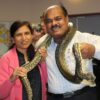




Leave a Comment
Your email address will not be published. Required fields are marked with *